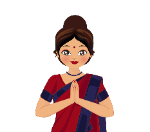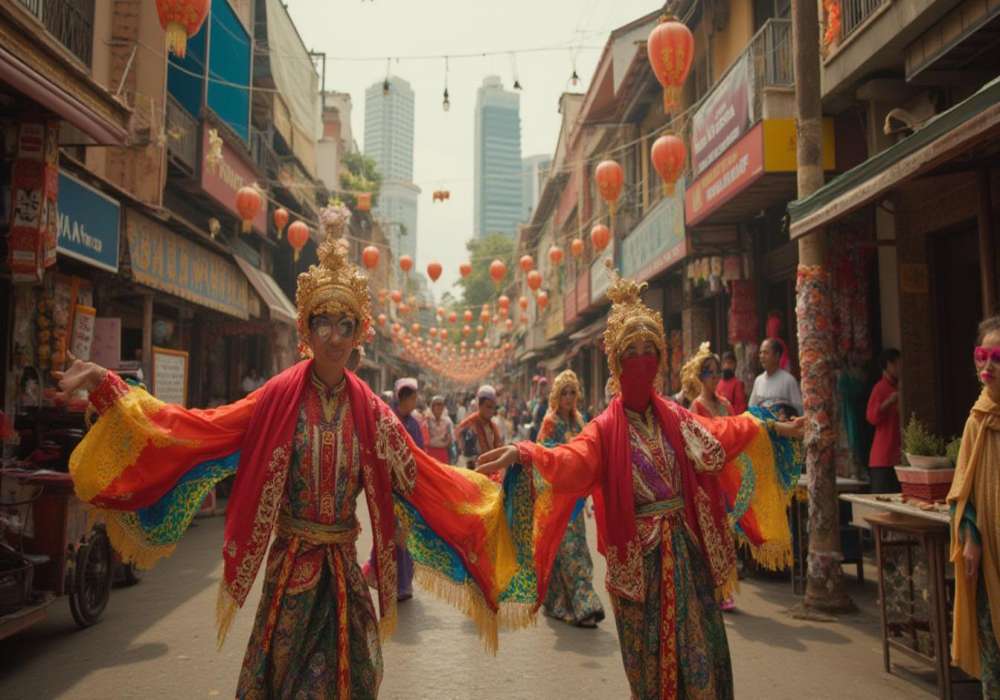
Last Updated At: 01-Sep-2025
Culture of Malaysia | Cultural Legacy of Malaysia
Nestled in the heart of Southeast Asia, the Culture of Malaysia is a captivating mosaic that harmoniously weaves together a multitude of traditions, ethnicities, and influences. This enchanting nation is a testament to the remarkable tapestry of unity in diversity, where various cultural threads merge to create a vibrant and dynamic society. A cornerstone of this cultural richness is the celebratory spirit ingrained in the country's DNA, exemplified through Malaysia's colourful kaleidoscope of Cultural Festivals. These festivals reflect the land's diverse heritage and serve as moments of communal bonding and shared celebration.
Beyond the lively festivals, Malaysian traditional crafts are integral to the nation's identity. Craftsmanship handed down through generations; these crafts embody the artistic essence of Malaysia's various ethnic groups. From intricate batik patterns that narrate stories on fabric to delicate rattan weavings that evoke the spirit of indigenous communities, each crafted piece is a labour of love, preserving both culture and heritage. These crafts not only adorn homes but also serve as tangible connections to the past, encapsulating the soul of Malaysia.
Culture of Malaysia | Modern Art and Culture in Malaysia
Dance, too, occupies a pivotal role in the Culture of Malaysia, transcending mere movement to become a living embodiment of tradition and expression. Malaysian Dance Forms, each with its distinct style and narrative, vividly depict the nation's cultural diversity. From the graceful movements of traditional dances like the Joget and the mesmerising ritualistic performances of the Mak Yong to the exuberant beats of contemporary forms like the Zapin, Malaysia's dance forms mirror the nation's multi-ethnic origins, fostering a sense of pride and unity among its people.
- Echoes of Tradition | Malaysian Traditional Music
- Flavours of Malaysia | Exploring Malaysian Cuisine
- Festive Enchantment | Cultural Festivals in Malaysia
- Crafting Identity | Malaysian Traditional Crafts
- Graceful Rhythms | Malaysian Dance Forms
- Legacy Untold | Cultural Heritage of Malaysia
- Threads of Culture | Traditional Clothing in Malaysia
- Spiritual Journeys | Religious Practices in Malaysia
- Screen and Script | Films and Literature of Malaysia
- Architectural Marvels | Gems of Malaysian Architecture
Read More: Places To Visit In Malaysia
1.Echoes of Tradition | Malaysian Traditional Music
Malaysia's rich cultural tapestry is woven with the vibrant threads of traditional music. This sonic heritage reflects the diverse ethnic groups that call Malaysia home. From the musical strains of gamelan orchestras to the soulful sounds of shape and the rhythmic beats of the angklung, Malaysian traditional music resonates with echoes of history, spirituality, and community. With their intricate metallophone arrangements, Gamelan ensembles evoke a sense of unity and tranquillity. The shape, a traditional lute, connects the indigenous communities of Borneo through its storytelling melodies. The angklung, a bamboo percussion instrument, brings to life the spirit of teamwork and shared identity. These musical traditions not only entertain but also carry the stories and wisdom of generations, allowing Malaysians to connect with their roots and embrace cultural diversity.
2. Flavours of Malaysia | Exploring Malaysian Cuisine
Malaysian cuisine is a compelling fusion of flavours and aromas resulting from centuries of trade and cultural exchange. The cuisine mirrors Malaysia's multicultural society, blending Malay, Chinese, Indian, Thai, Javanese, and Sumatran influences into a harmonious symphony of tastes. The spicy and aromatic rendang, the savoury char kway teow, the fragrant nasi lemak, and the intricate dim sum all showcase the depth of Malaysian culinary artistry. Street food stalls and bustling markets are vibrant hubs where locals and tourists can savour the country's diverse delicacies. The use of herbs, spices, and fresh ingredients is a testament to Malaysia's bountiful natural resources, as well as the creativity and expertise of its cooks. Malaysian cuisine not only satisfies the appetite but also serves as a cultural bridge, allowing people to come together and appreciate the nuances of each dish.
3. Festive Enchantment | Cultural Festivals in Malaysia
Malaysia's calendar is adorned with a kaleidoscope of cultural festivals that celebrate the country's multicultural heritage. Malaysians come together to mark significant occasions, from the colourful and exuberant Chinese New Year celebrations to the contemplative and serene Ramadan and Eid al-Fitr observances. The Hindu festival of Deepavali lights up the streets with vibrant displays, while the harvest festival of Pesta Kaamatan unites the indigenous communities in Borneo. These festivals are more than just gatherings; they are expressions of faith, joy, and unity. They provide a platform for cross-cultural interaction, where traditions are shared and bonds are strengthened. The festive enchantment of Malaysia is a testament to the nation's commitment to nurturing its cultural diversity and promoting understanding among its people.
4. Crafting Identity | Malaysian Traditional Crafts
Malaysia's traditional crafts reflect its people's intricate artistry and cultural pride. From the delicate handwoven textiles of batik and socket to the intricately carved woodwork of keris and wayang kulit, these crafts are windows into Malaysia's history and identity. Each ship is often deeply rooted in local legends, beliefs, and practices. Artisans painstakingly create these masterpieces, using skills passed down through generations. The crafts showcase Malaysia's aesthetic sensibilities, contribute to the economy, and provide a sense of continuity in a rapidly changing world. By preserving and promoting traditional skills, Malaysia safeguards its cultural heritage and ensures that future generations can continue to admire and learn from these works of art.
5. Graceful Rhythms | Malaysian Dance Forms
Malaysia's dance forms are a captivating expression of its cultural diversity and artistic finesse. The graceful movements of traditional dances such as the elegant joget, the rhythmic pin, and the storytelling boria showcase the country's multicultural influences. These dances often come alive during celebrations, cultural performances, and ceremonies. The intricate hand gestures, flowing costumes, and rhythmic footwork convey stories, emotions, and values unique to each ethnic group. The fusion of traditional and contemporary elements in dance performances illustrates Malaysia's evolving cultural landscape. Dance entertains and educates, passing down stories and lessons from one generation to the next.
6. Legacy Untold | Cultural Heritage of Malaysia
Malaysia's cultural heritage is a treasure trove of untold stories, revealing the layers of history, migration, and intercultural exchange that have shaped the nation. From ancient archaeological sites that speak of early human settlement to UNESCO-listed cultural landscapes such as the historic city of Georgetown, Malaysia's heritage spans diverse epochs and places. The traditions of indigenous communities, the legacy of colonial rule, and the influences of neighbouring countries have all contributed to this heritage. Museums, heritage sites, and oral traditions serve as conduits for preserving and sharing these stories, fostering a sense of pride and identity among Malaysians. The legacy of Malaysia's cultural heritage is a testament to the resilience and interconnectedness of its people.
7. Threads of Culture | Traditional Clothing in Malaysia
Traditional clothing in Malaysia is a vivid tapestry of colours, patterns, and styles that reflect the country's cultural diversity. The baju kebaya, a fitted blouse with a sarong, represents the elegance of the Malay community, while the cheongsam embodies the grace of the Chinese heritage. The vibrant saree showcases the intricate beauty of Indian culture, and the handwoven pua kumbu tells stories of the indigenous communities in Borneo. These clothing styles are not only expressions of identity but also markers of rituals, ceremonies, and celebrations. The textiles are often woven with symbolism and meaning, connecting wearers to their cultural roots. Traditional clothing is a visual reminder of Malaysia's rich cultural heritage in a world of rapid change.
8. Spiritual Journeys | Religious Practices in Malaysia
Religion plays an integral role in Malaysia's cultural mosaic, with Islam, Buddhism, Christianity, and Hinduism among the major faiths practised in the country. The serene mosques with their intricate architecture, the vibrant temples adorned with elaborate sculptures, and the tranquil churches with their timeless beauty all stand as symbols of Malaysia's religious diversity. Religious practices shape the daily lives of Malaysians, influencing everything from family dynamics to festivals and rituals. Interfaith harmony is a cornerstone of Malaysian society, fostering tolerance and respect among religious communities. The spiritual journeys undertaken by Malaysians reflect their commitment to their faith and their dedication to coexist peacefully.
9. Screen and Script | Films and Literature of Malaysia
The world of Malaysian films and literature mirrors the complexities of society, tradition, and modernity. From the cinematic masterpieces of P. Ramlee to the contemporary works of Tan Twan Eng, Malaysian creative minds have contributed significantly to the global cultural landscape. Films and literature capture the nuances of multiculturalism, addressing social issues, historical narratives, and personal journeys. They provide platforms for storytelling, cultural expression, and artistic exploration. Malaysian literature, often multilingual and multicultural, allows readers to immerse themselves in the diverse perspectives that shape the nation. Through the lens of screens and the power of words, Malaysia's creative talents convey emotions, ideas, and the essence of being Malaysian.
10. Architectural Marvels | Gems of Malaysian Architecture
Malaysian architecture is a captivating fusion of tradition and modernity, showcasing the country's rich history and contemporary aspirations. The iconic Petronas Towers' sleek lines and innovative design symbolise Malaysia's progress and ambition. The historical Sultan Abdul Samad Building, adorned with Moorish architecture, narrates the story of colonial heritage. Temples, mosques, and churches, each with unique architectural elements, are not only places of worship but also landmarks that celebrate Malaysia's religious diversity. Traditional longhouses of Borneo and ornate Malay houses offer insights into the vernacular architecture that has stood the test of time. These architectural marvels, whether modern skyscrapers or historical monuments contribute to Malaysia's visual identity and its ever-evolving urban landscape.
Malaysia's rich and diverse culture is a tapestry woven from various ethnic, religious, and historical threads. The harmonious coexistence of Malay, Chinese, Indian, and indigenous influences creates a vibrant cultural landscape reflected in art, cuisine, festivals, and traditions. The multicultural essence of Malaysia stands as a testament to the nation's ability to celebrate its differences while fostering unity, making it a remarkable example of cultural diversity in Southeast Asia. So, what are you waiting for? Embark on your journey to Malaysia and experience this diverse culture. Plan your vacation with Adotrip, and enjoy a hassle-free trip.
With us, nothing is far!
Frequently Asked Questions about the Culture of Malaysia
Q1. How diverse is Malaysia's population across ethnicities?
A1. Malaysia's population is highly diverse across ethnicities, with three major groups and various smaller communities:
- Malays and indigenous groups (Bumiputera): The largest ethnic group, predominantly Malay-Muslim, with diverse indigenous communities.
- Chinese: A significant minority, mainly in urban areas, practising various religions, including Buddhism, Taoism, and Christianity.
- Indians: Another sizable minority, often Hindu or Sikh, contributing to Malaysia's cultural and economic landscape.
Q2. What religions are most widely practised?
A2. The most widely practised religions in Malaysia are:
- Islam: The official religion followed by the majority of Malays.
- Buddhism: Mainly practised by the Chinese community.
- Christianity: Followed by various ethnic groups, with a significant number among the indigenous and Chinese populations.
- Hinduism: Mainly practised by the Indian community.
Q3. How tied to identity are cuisines like Nyonya food?
A3. Cuisines like Nyonya food are closely tied to identity in Malaysia:
- Nyonya (Peranakan) cuisine is a blend of Chinese and Malay influences.
- It reflects the heritage and traditions of the Peranakan community.
- The cuisine preserves cultural identity and is celebrated as a unique aspect of Malaysian culture.
Q4. How do cultural practices reflect respect for elders?
A4. Cultural practices in Malaysia reflect respect for elders through:
- Filial piety: Children show reverence and care for their parents and grandparents.
- Traditional greetings: Bowing or using specific honorifics while addressing elders.
- Family-centric celebrations: Festivals and gatherings emphasise honouring and seeking blessings from older generations.
- Sharing wisdom: Elders are valued as sources of guidance, and their advice is sought in decision-making.
- Rituals and ceremonies: Certain customs involve seeking blessings from elders as a sign of respect.
Q5. What traditional costumes are integral nationally?
A5. Traditional costumes integral to Malaysia's national identity include:
- Baju Melayu: Worn by Malay men, consisting of a loose tunic and trousers.
- Baju Kurung: Worn by Malay women, a modest dress with a loose-fitting blouse and skirt.
- Cheongsam: Worn by Chinese women, a form-fitting dress with intricate designs.
- Sari: Worn by Indian women, a draped garment of various styles and fabrics.
- Borneo's traditional attire: For indigenous groups, often involving woven fabrics and accessories.
Q6. How popular are art forms like wayang kulit shadow plays?
A6. Art forms like wayang kulit shadow plays are:
- Historically popular: Traditional forms of entertainment, storytelling, and cultural expression.
- Varied audiences: Still appreciated in local communities and during cultural events.
- Efforts for preservation: Some organisations work to promote and revive this art form.
- Facing challenges: Modern entertainment trends pose challenges to its widespread popularity.
Q7. What architectural influences reflect Malaysian identity?
A7. Architectural influences reflecting Malaysian identity include:
- Traditional Malay architecture: Houses on stilts (rumah panggung) with intricate wood carvings.
- Islamic architecture: Seen in mosques with domes and minarets, blending with local styles.
- Colonial remnants: British colonial buildings in cities like Kuala Lumpur and Penang.
- Modern designs: Contemporary architecture incorporating cultural motifs and sustainable elements.
Q8. What indigenous groups like Orang Asli retain distinct cultures?
A8. Indigenous groups like Orang Asli retain distinct cultures through:
- Language and traditions: Preserving unique languages and customary practices.
- Subsistence lifestyle: Maintaining traditional hunting, gathering, and farming methods.
- Beliefs and spirituality: Upholding animistic beliefs and spiritual connections to nature.
- Art and crafts: Creating distinct handicrafts that showcase their cultural identity.
Q9. How unifying is the Malay language nationally?
A9. The Malay language (Bahasa Malaysia) is unifying nationally:
- Official language: Used for government, education, and communication.
- Bridge across ethnicities: Common language among diverse ethnic groups.
- National identity: Reinforces a shared linguistic heritage and cultural bond.
- Promotes unity: Facilitates communication and understanding among Malaysians.
Q10. What cultural events are unique to East and West Malaysia?
A10. Unique cultural events in East and West Malaysia:
East Malaysia (Sabah and Sarawak):
- Gawai Dayak: Harvest festival celebrated by indigenous groups in Sarawak.
- Kaamatan: Harvest festival observed by various indigenous communities in Sabah.
West Malaysia (Peninsular Malaysia):
- Hari Raya Aidilfitri: Celebrates the end of Ramadan, a significant Muslim festival.
- Thaipusam: Hindu festival marked by elaborate processions and piercing rituals.
These events showcase the diversity within Malaysia's regions.
--- Published By Adotrip
Latest Blogs
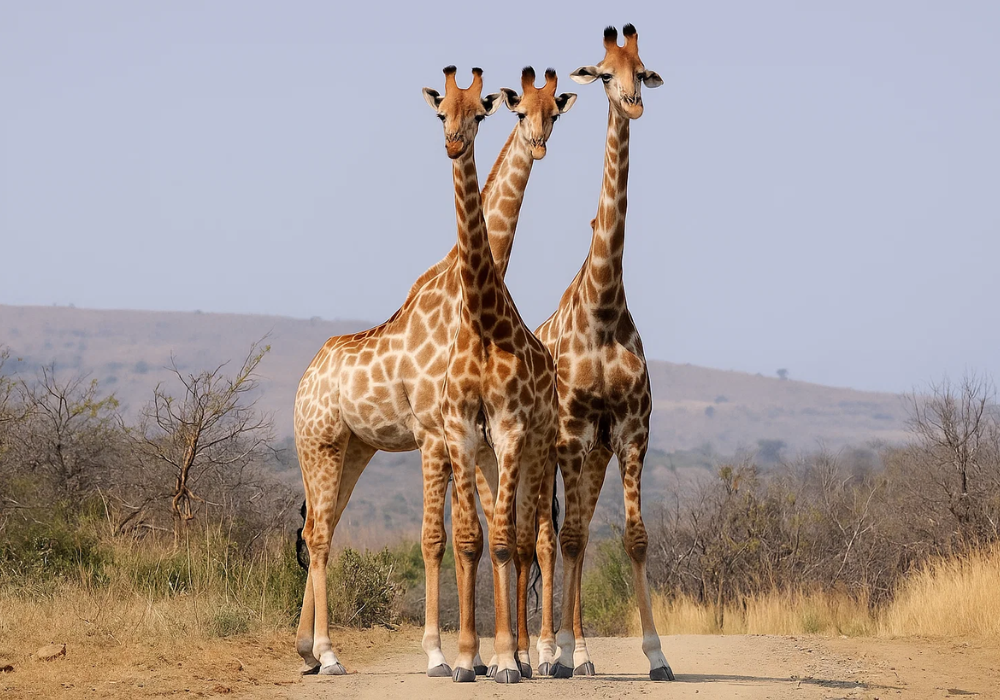
Cash in the Wild: My Safari Adventure Across Kenya with Only...
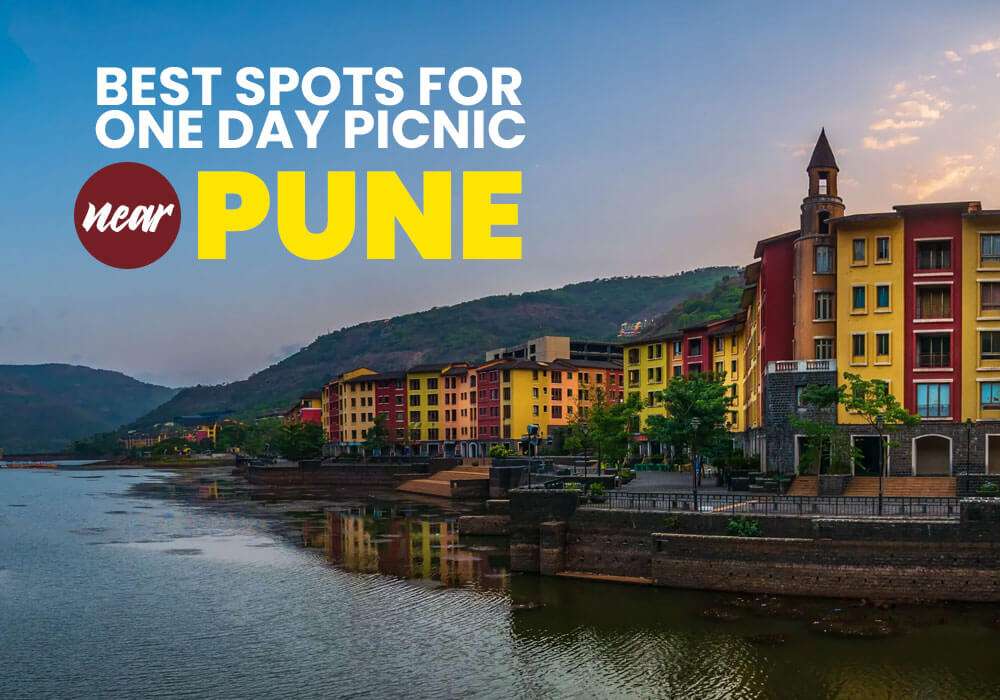
One Day Picnic Spot Near Pune - Adventure, Trekking and Natu...
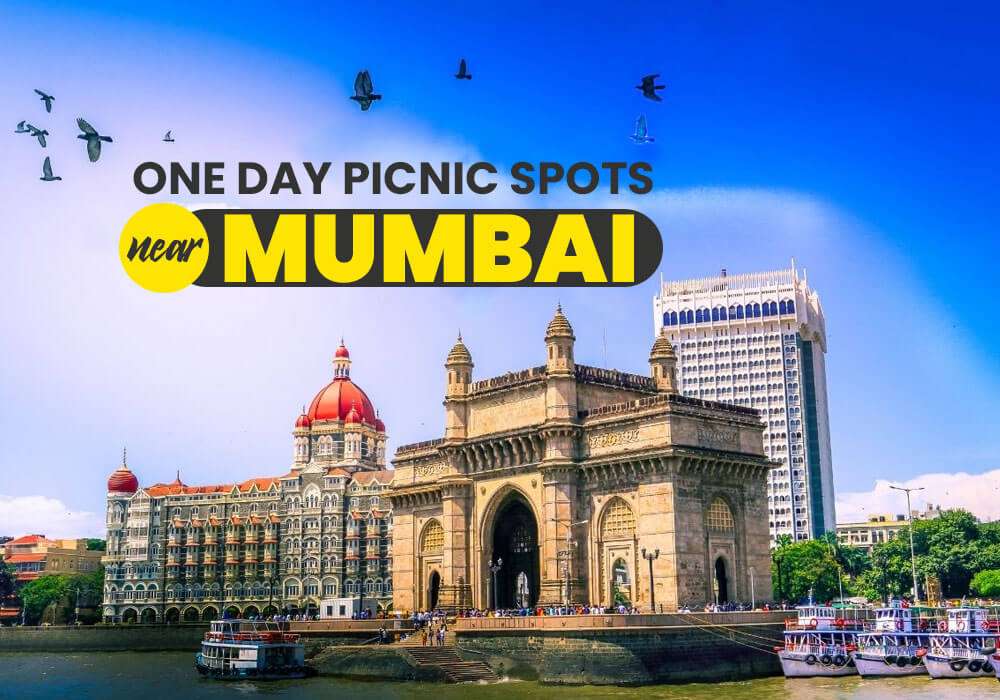
One Day Picnic Spots Near Mumbai - Monsoon, Adventure, Beach...
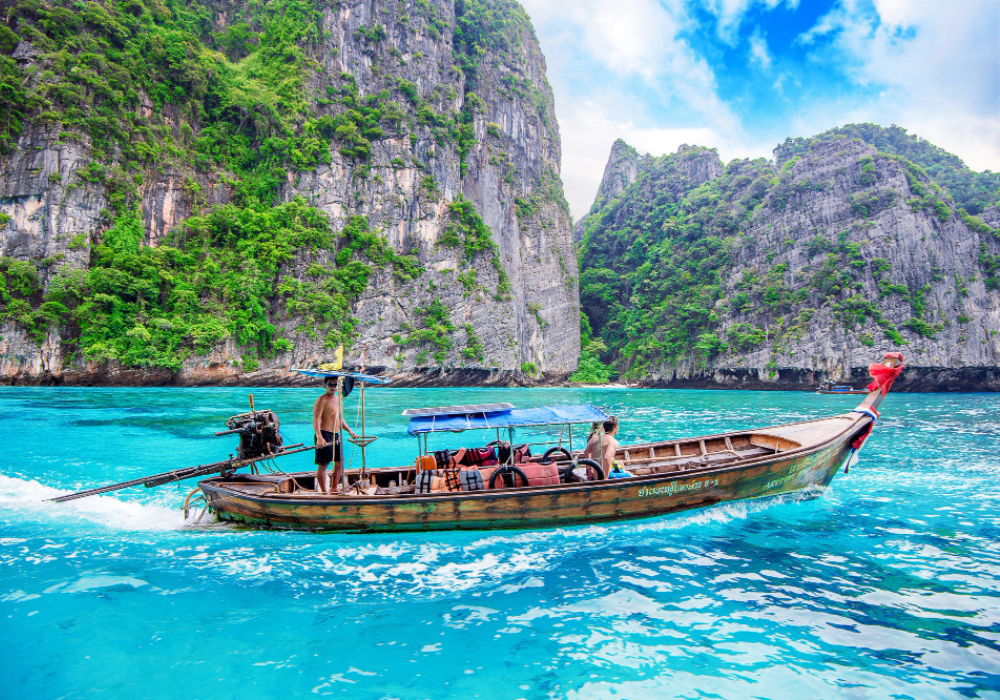
The Best Places to Go in Thailand in 2025
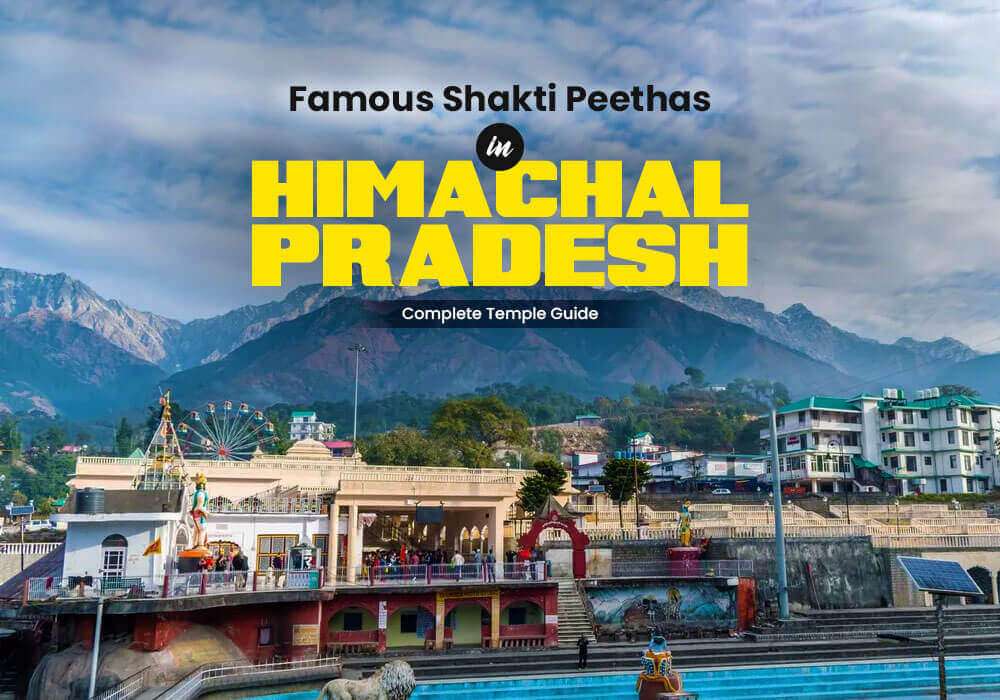


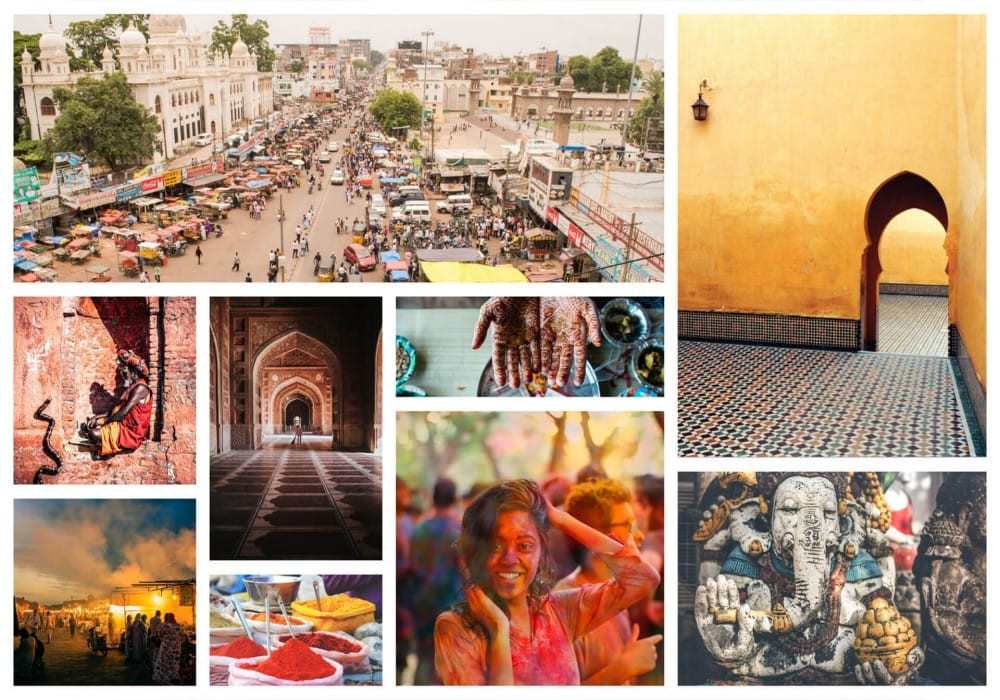
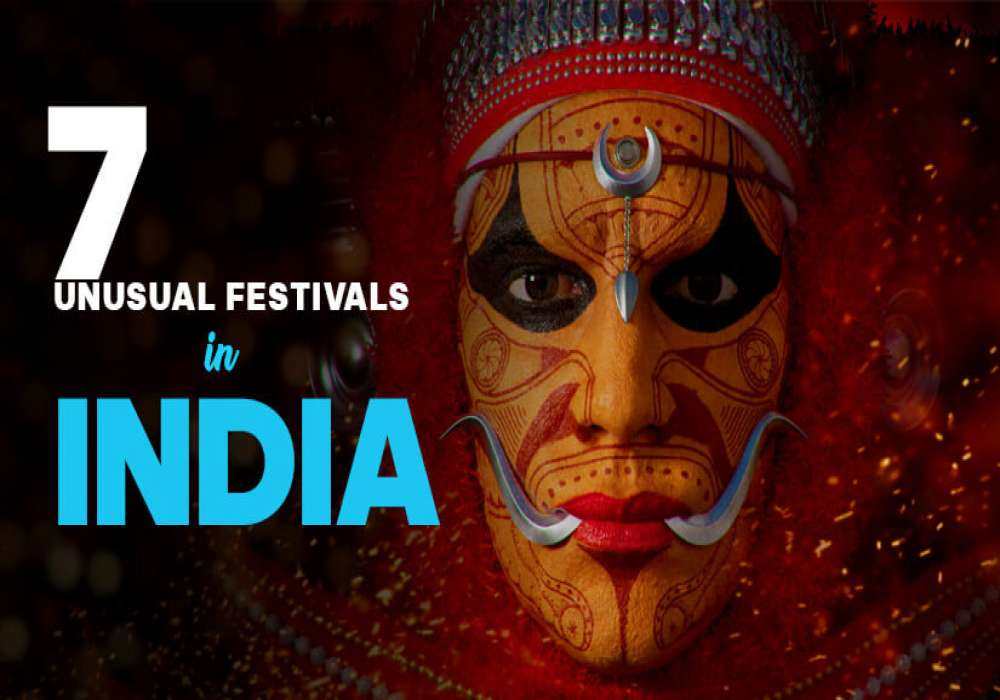
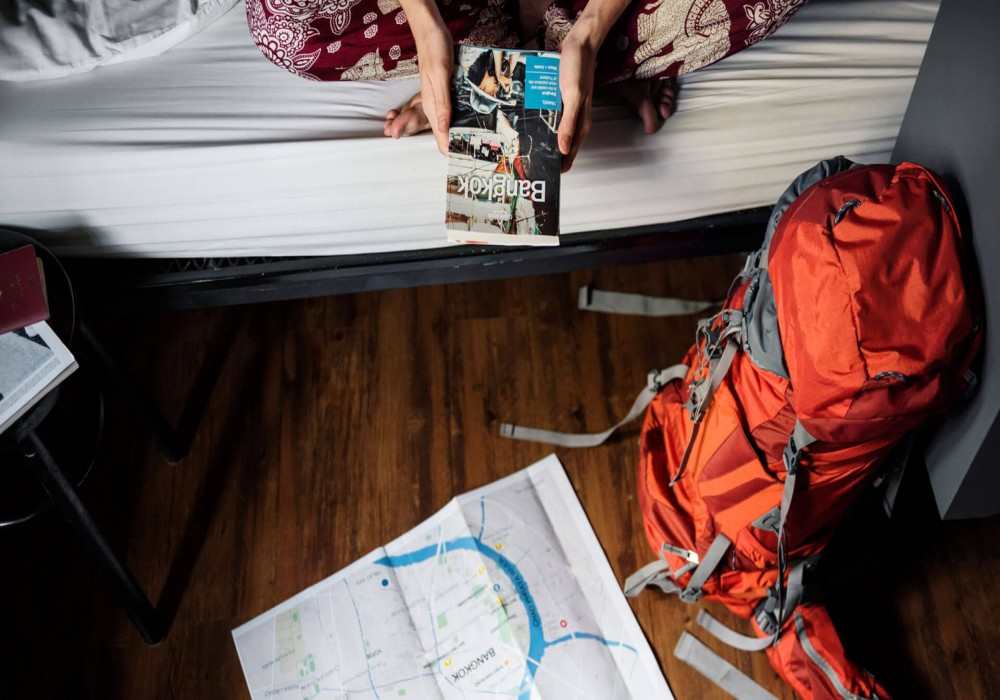

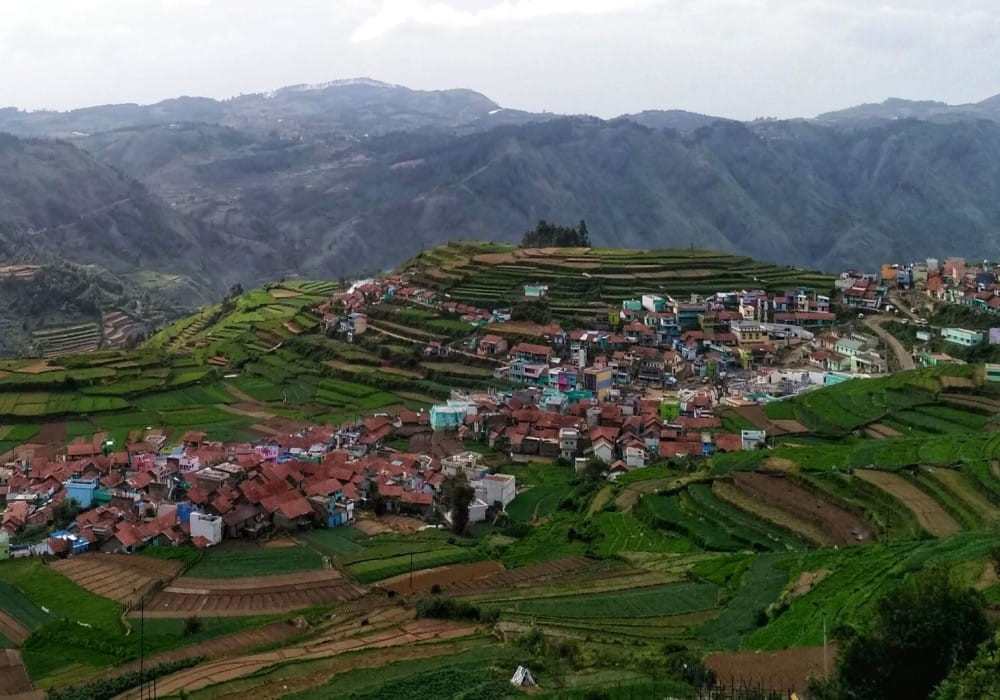
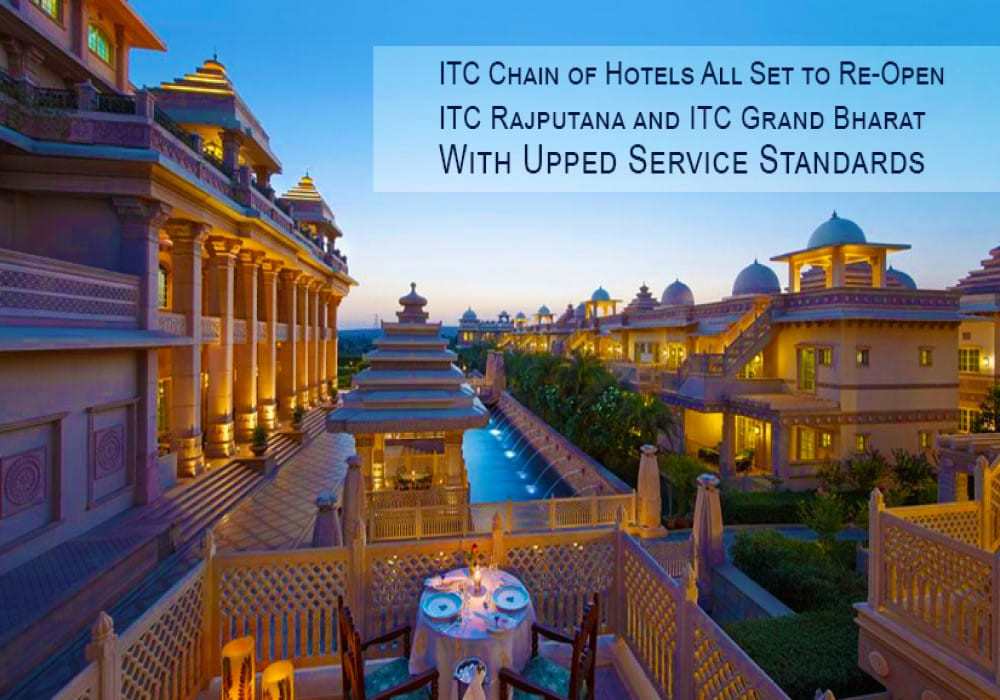
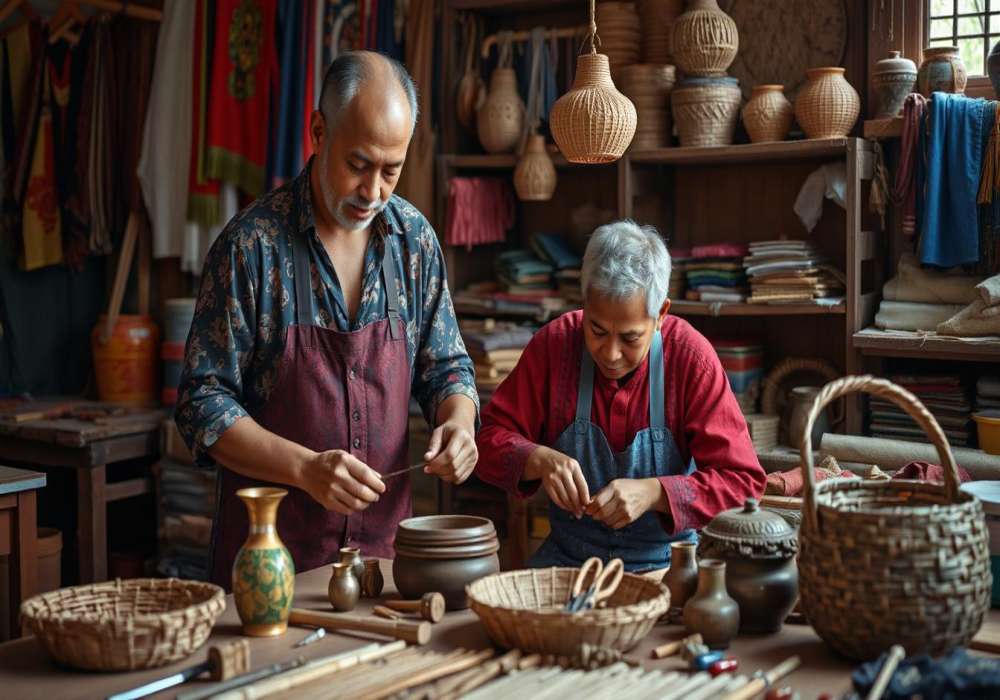
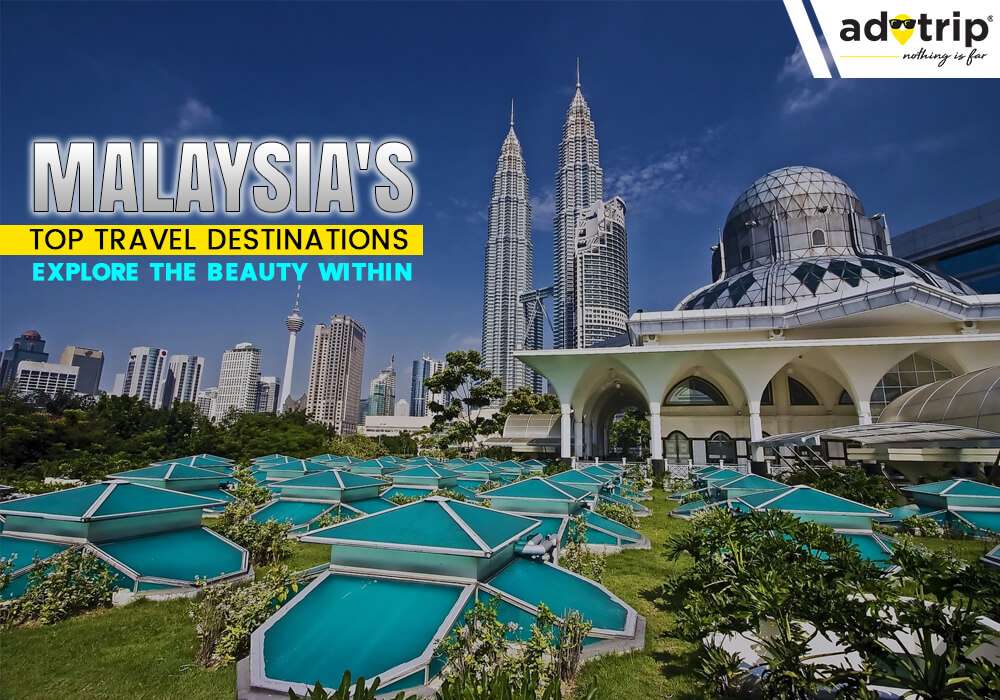
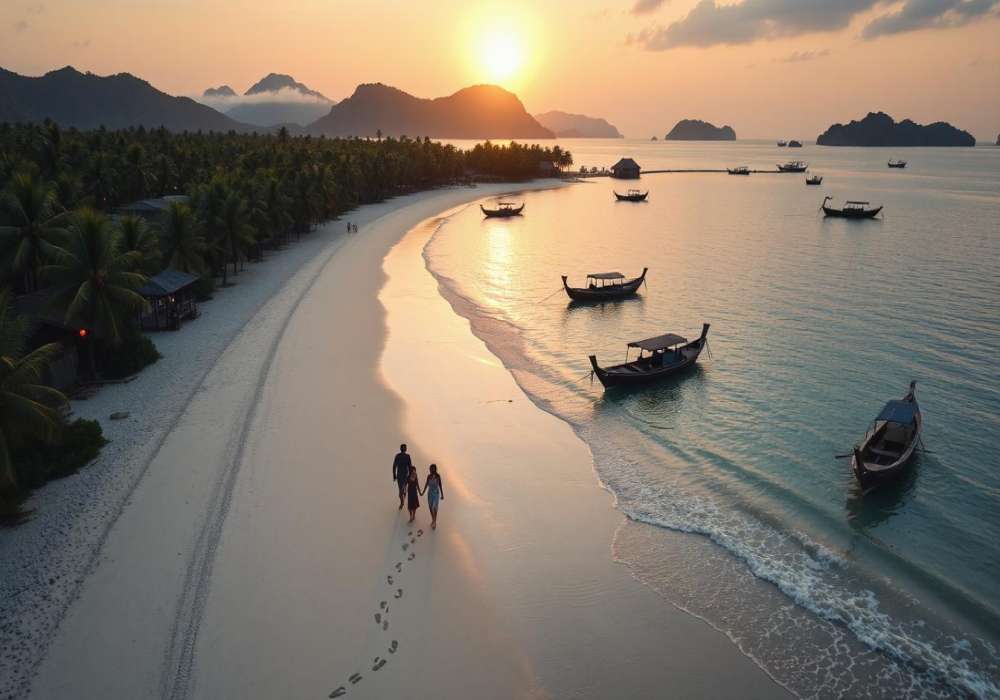
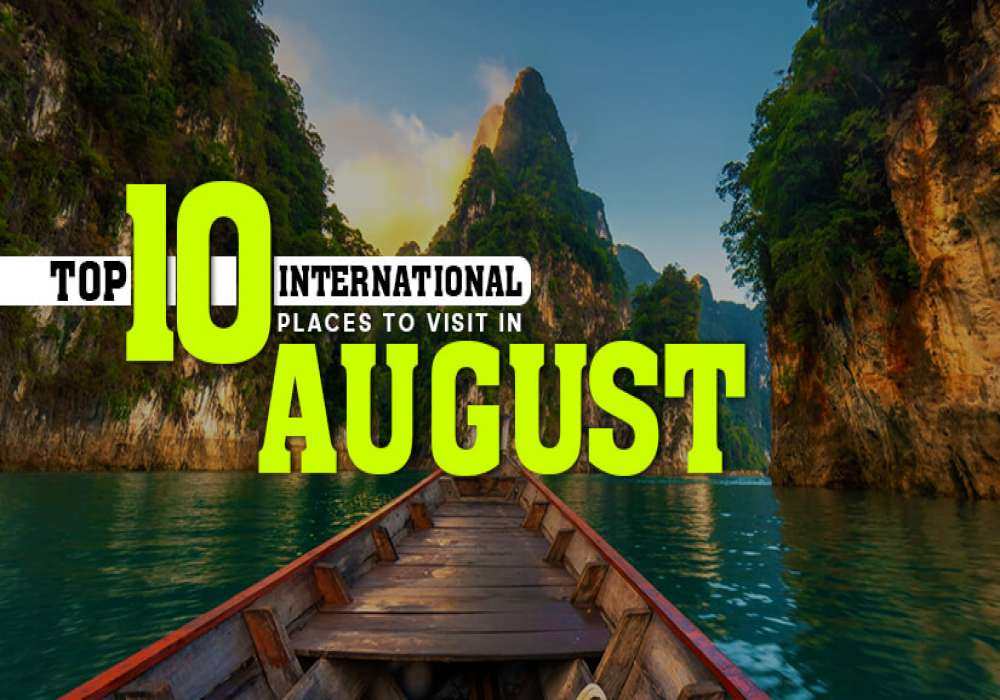
 (1).png)
 Dubai
Dubai Malaysia
Malaysia USA
USA